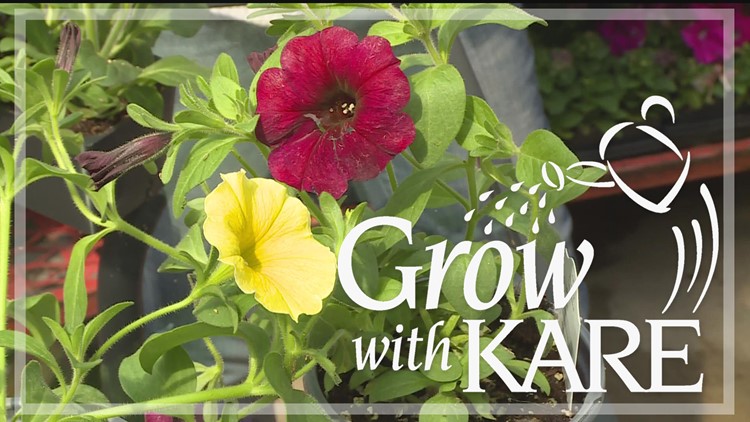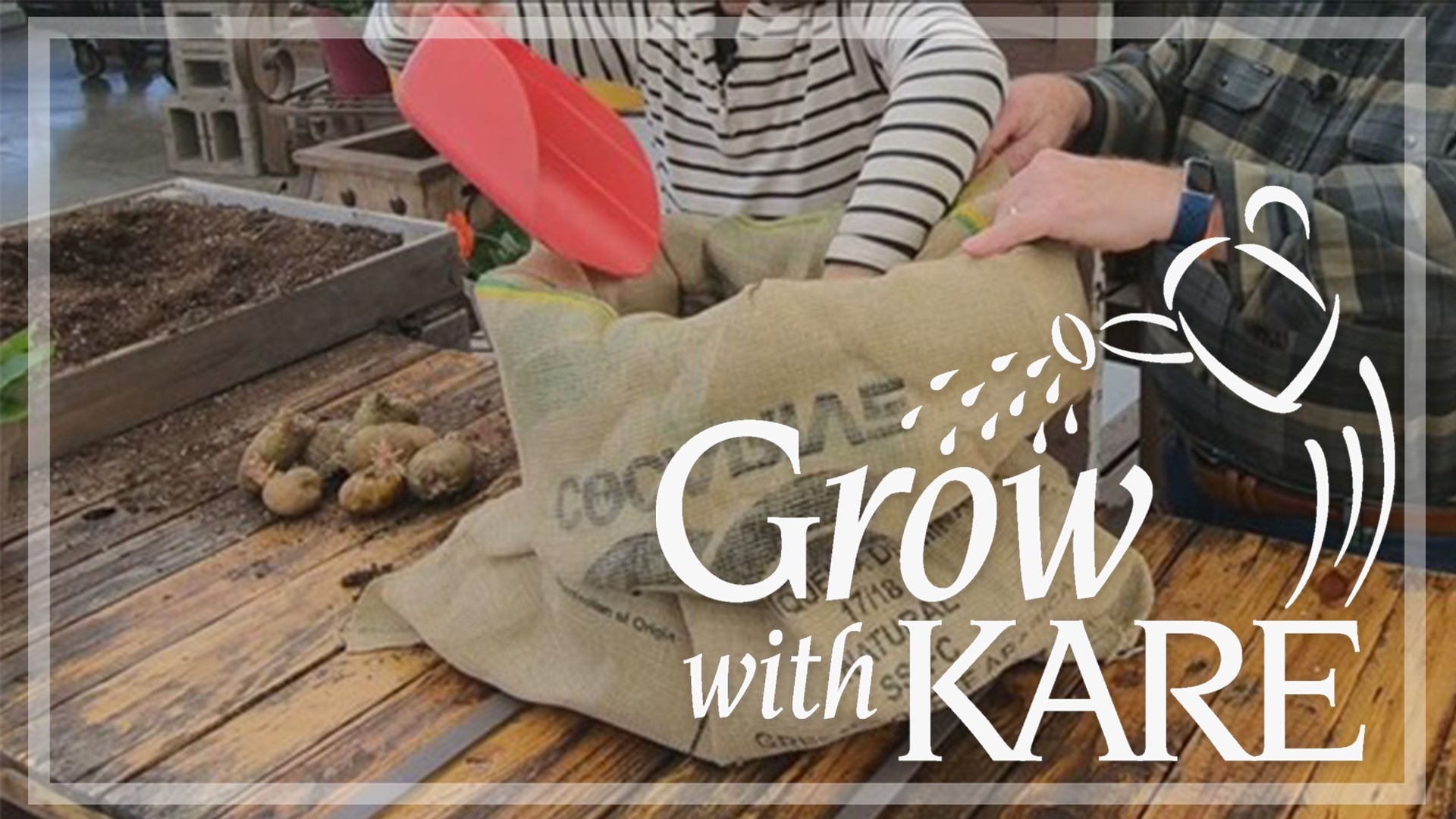GOLDEN VALLEY, Minn. — So you want to fertilize… but the aisle has so many options.
Three numbers, found on all fertilizers, are the key to choosing what’s right for your plants. The numbers represent the ratio of nitrogen, phosphorous and potassium in the fertilizer. Higher numbers mean the nutrients are available to the plant right away. Lower numbers like those on natural fertilizers mean less is available right away. But natural fertilizers are generally better at feeding long term.
The first number is for nitrogen. This helps the green parts of plants grow. It’s good to have a lot of nitrogen for the plant to get a good start but later in the season we want less nitrogen so the plant can focus on growing its flowers and fruit, rather than more leaves.
Phosphorous is the second number, good for root growth and for producing lots of flowers and fruit. Once your plant starts to bud, you’ll want a fertilizer with more phosphorous and less nitrogen. Products labeled as tomato food usually are higher in phosphorous and can be used for any fruiting plant, not just tomatoes.
Potassium is good for keeping the plant cells healthy. It also helps with root growth and fruit development.
You can choose liquid or granular fertilizers. Typically plants can take in the nutrients faster from the liquid versions.
Always be sure to follow the instructions on the label. Especially with synthetic fertilizers, adding too much can burn and even kill your plants.



